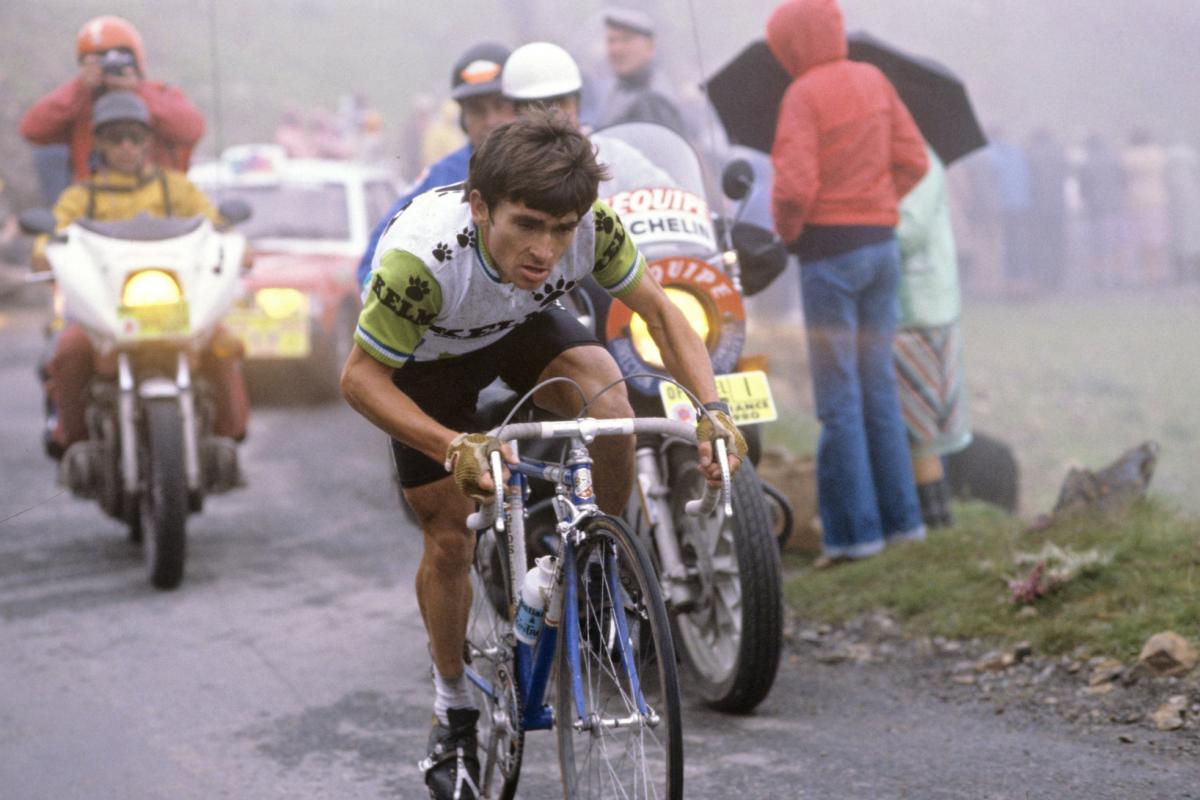Height does matter for cyclists. In short, yes, height matters for professional cycling – to some extent.
A 2017 study by ProCyclingStats found that the top time trialists were, on average, taller than the average WorldTour cyclist.
Descending down the tape measure, climbers were significantly shorter; the best climbers were, on average, 1.6 cm shorter than the top sprinters and 2.7 cm shorter than the average WorldTour cyclist.

Contenders for the general classification are often shorter.
The winner of the Tour de France, Jonas Vingegaard (Team Jumbo-Visma), measures 174cm. Tadej Pogačar (UAE Team Emirates) is three centimeters taller.
There are exceptions to the rule. The fourth-placed rider in the 2021 Tour de France, Australian Ben O’Connor, is 1.88m tall, and the 2012 Yellow Jersey winner, Sir Bradley Wiggins (1.9m), is even taller.
Samuel Dumoulin – a veteran of 12 Tours de France before his retirement in 2019, and a stage winner in 2008 – was only 1.59m tall.
His withdrawal in 2019 means that Esteban Chaves of EF Education-EasyPost is the shortest cyclist in the 2023 Tour de France, measuring 164cm.
Lotto-Dstny sprinter Caleb Ewan (1.65m) takes the position of the second shortest rider in this year’s race.
However, they do not hold the title of the shortest male cyclist in the WorldTour. That honor belongs to Laurens Huys of Intermarché-Circus-Wanty, standing at only 1.62m.
The likely shortest in history
The shortest male cyclist ever recorded seems to be Vicente Belda, at 1.54m.
While some records may not have the best historical accuracy, it is likely that the title of the shortest cyclist truly belongs to Belda.



